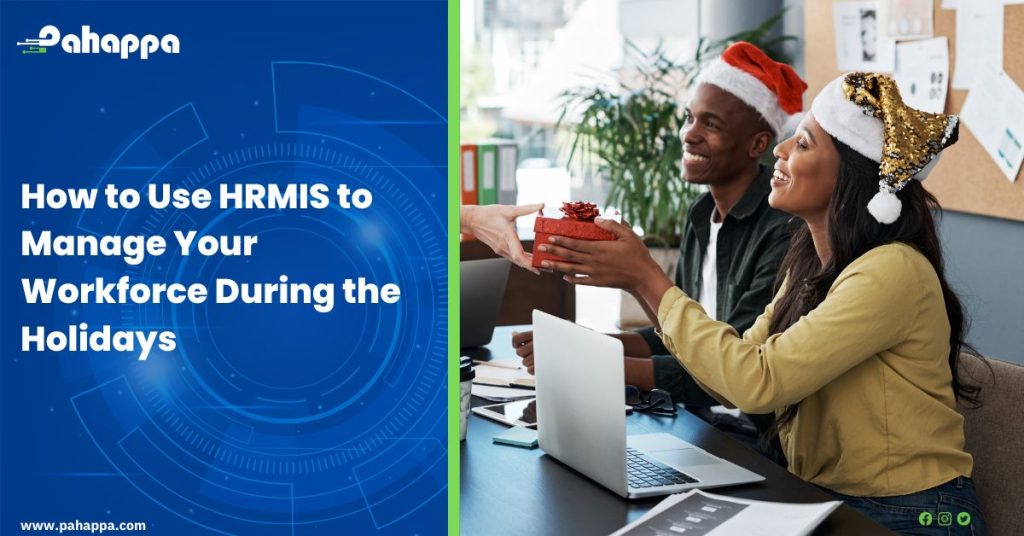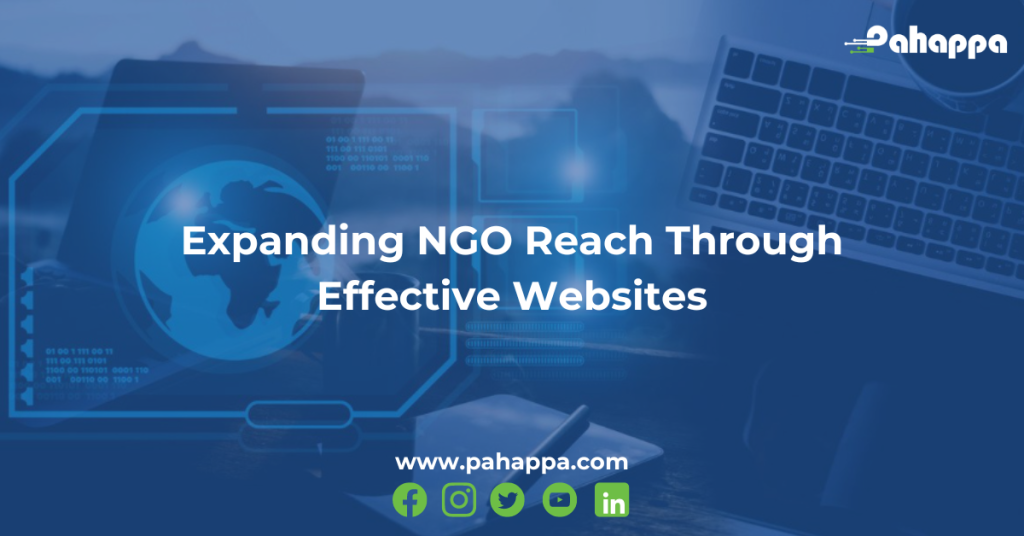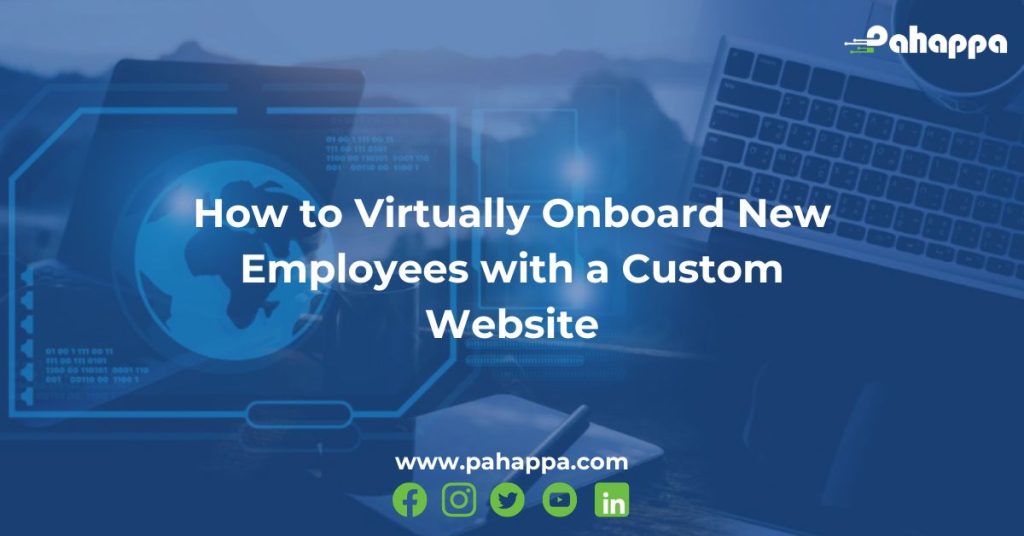An HRMIS is a very important system in every business. The implementation of HRMIS during the holidays can lead to increased efficiency, improved communication, and a better overall experience for both HR professionals and employees. The system’s features can be particularly beneficial during busy periods, helping organizations effectively manage their workforce and maintain a positive workplace environment. Implementing a Human Resource Management Information System (HRMIS) during the holidays can offer several benefits for both the HR department and the entire organization. Here are some advantages:
- Efficient Leave Management:
- HRMIS streamlines the process of requesting and approving leave during the holidays. Employees can submit requests electronically, and managers can easily review and respond, reducing administrative overhead.
- Real-time Visibility:
- HRMIS provides real-time visibility into employee schedules, leave balances, and other relevant information. This ensures that HR and management have an accurate and up-to-date view of the workforce, facilitating better decision-making.
- Improved Communication:
- The communication features of HRMIS enable HR professionals to disseminate important information, such as holiday schedules, policy reminders, and any changes in work arrangements, to all employees simultaneously.
- Accurate Attendance Tracking:
- HRMIS allows for accurate tracking of employee attendance, including any overtime hours worked during the holiday season. This can be crucial for payroll processing and compliance with labour regulations.
- Remote Work Management:
- For organizations with remote workers, HRMIS can help manage remote work arrangements efficiently. It provides tools for tracking tasks and communication and ensuring that remote employees remain connected during the holidays.
- Centralized Data Storage:
- HRMIS centralizes employee data, making it easily accessible and reducing the risk of errors or discrepancies. This is particularly important during peak times when HR professionals need quick access to accurate information.
- Automation of Processes:
- Automation in HR processes, such as leave requests, approvals, and benefits administration, reduces manual work and the likelihood of errors. This is especially beneficial during the busy holiday season.
- Enhanced Employee Experience:
- HRMIS can contribute to a positive employee experience by providing a user-friendly platform for accessing information, submitting requests, and interacting with HR. This can lead to increased employee satisfaction and engagement.
- Strategic Workforce Planning:
- Analytics and reporting features in HRMIS enable HR professionals to analyze data related to holiday workforce trends, performance, and attendance. This data can inform strategic workforce planning for future holiday seasons.
- Compliance Management:
- HRMIS helps ensure compliance with labour laws and company policies during the holidays. It can automatically apply rules and regulations, reducing the risk of non-compliance.
- Cost Savings:
- By automating processes and improving efficiency, HRMIS can contribute to cost savings for the organization. This is valuable, especially during the holiday season when workloads may be higher.
- Feedback and Continuous Improvement:
- HRMIS can facilitate the collection of feedback from employees about their holiday experiences. This feedback can be used for continuous improvement in holiday workforce management strategies.
HRMIS (Human Resource Management Information System) is a software solution designed to streamline human resource management tasks. Using HRMIS to manage your workforce during the holidays can be beneficial in ensuring smooth operations and effective communication. Here are some steps to help you use HRMIS for holiday workforce management:
- Employee Information Management:
- Ensure that all employee information is up-to-date in the HRMIS, including contact details, working hours, and any special considerations for the holiday season.
- Leave Management:
- Use the HRMIS to handle leave requests during the holiday period. Employees can submit leave requests electronically, and managers can easily approve or deny them through the system.
- Holiday Calendar:
- Maintain an updated holiday calendar in the HRMIS. This helps in planning and ensures that everyone is aware of the holidays and any special events during the season.
- Communication:
- Utilize the communication features of the HRMIS to send out holiday greetings, policy reminders, and any important information regarding work schedules or changes during the holiday season.
- Work Schedules:
- Plan and communicate work schedules through the HRMIS. Ensure that employees are aware of any changes to their regular schedules or if there are any special arrangements for the holiday season.
- Overtime Management:
- If overtime is anticipated during the holidays, use the HRMIS to track and manage overtime requests. This includes requesting, approving, and recording overtime hours.
- Training and Development:
- If there are training sessions or workshops planned during the holiday season, use the HRMIS to manage registrations, track attendance, and monitor the impact of training on employee development.
- Performance Management:
- If year-end performance evaluations are part of your company’s processes, use the HRMIS to track and manage the performance appraisal process. Set goals for the upcoming year and communicate expectations.
- Benefits Administration:
- Ensure that employees are aware of any special holiday benefits or perks. Use the HRMIS to manage benefits administration and answer any queries employees may have regarding their holiday entitlements.
- Analytics and Reporting:
- Leverage the analytics and reporting features of the HRMIS to gather insights into holiday workforce trends, attendance, and overall workforce performance during the holiday season.
- Remote Work Management:
- If your workforce includes remote employees, use the HRMIS to manage remote work arrangements, communication, and performance tracking during the holidays.
- Feedback and Surveys:
- Collect feedback from employees regarding their holiday experience and use the HRMIS to conduct surveys. This information can be valuable for future holiday workforce management planning.
By effectively using HRMIS, you can centralize workforce management tasks, enhance communication, and ensure a smooth and well-managed holiday season for your organization. To learn more about HRMIS and how it can benefit your organisation, visit our website and when you are ready to begin using an HRMIS, get a quote here.











